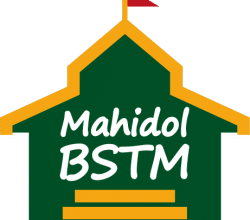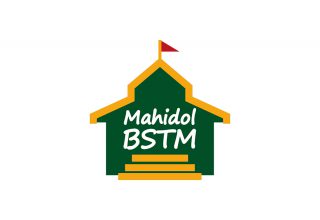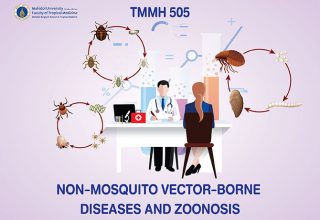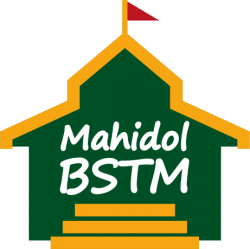Course Description
Principles of systematic helminthology; Identification of medically important helminthes; Phenotyping and genotyping taxonomy
Course Objectives
· describe the morphological characters of nematodes, trematodes and cestodes
· explain the principle of phylogenetic analysis
· apply the knowledge in the morphological and molecular characters for reconstructing the phylogenetic trees
· collaborate in group and effectively communicate their understanding about systematic helminthology
Course-level Learning Outcomes:
CLOsAt the end of the course, the students should be able to
CLO1: describe the morphological characters of medically important nematodes, trema-todes and cestodes
CLO2: explain the principle of phylogenetic analysis
CLO3: apply the knowledge in the morphological and molecular characters for recon-structing the phylogenetic trees
CLO4: collaborate in group as either leader or follower to complete an assignment
CLO5: communicate their understanding about systematic helminthology
- 11 Sections
- 0 Lessons
- 52 Weeks
- TMHM 507-1 Principle in zoological systematics in helminthology0
- TMHM 507-2 Systematic and taxonomy of medically important helminths0
- TMHM 507-3 Classification of trema-todes of medical im-portance I&I0
- TMHM 507-4 Classification of cestodes of medical importance I&II0
- TMHM 507-5Classification of nematode of medical importance I&II0
- TMHM 507-6Methods for medical hel-minth identification and review in morphological systematic0
- TMHM 507-7 Principle of Molecular Sys-tematics I&II0
- TMHM 507-8 Principle in phylogenetic tree construction I&II0
- TMHM 507-9 Research design for sys-tematic helminthology I&II0
- TMHM 507-10 Data analysis for systemat-ic helminthology I&II and review in molecular sys-tematic0
- TMHM 507-12 Presentation of research output0




